IGotW Special: Indie Bundle of the Century: Part 1
By Mento 0 Comments
Like many of you, I was fortunate and privileged enough to drop down some money for Itch.io's recent Bundle for Racial Justice and Equality: not only a worthy cause in aid of those protesting the murder of George Floyd and several others, but a cause that attracted an unprecedented number of contributors from larger, well-known Indie teams to passionate hobbyists: 1,391 contributors to be exact, who collectively put forward 1,704 video games, table-top rulesets, asset packs, and other media for charitable souls to enjoy.
Needless to say, that's a lot, and many of us have been spending the past week or so gingerly picking through this heap of treasure for anything that piques our interest. I've personally added about fifty new games to my "Indie Game of the Week" backlog - enough for an entire year of blogs, so look forward to those - but there's many more that were either too small or too weird for a full review. That brings us, laboriously, to the point of this series: each of these entries will look at five games that will probably go unobserved by most as they'll understandably gravitate towards the established hits instead, and see if they're worthy of more attention.
Kintsugi
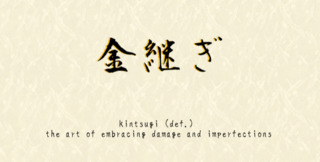
"The Japanese art of repairing broken ceramics with gold," or so its Itch.io page explains. A short, simple game that is functionally similar to a jigsaw, and perhaps more specifically to the glassware-themed Glass Masquerade, in that you simply assemble pieces of broken ceramics together so they fit in the right places, at which point the game fills in the gaps with gold resin to hold the new construct together. Easy to a fault - the game has the items fall apart in front of your eyes, so it's not like you won't know where all the pieces go - but with a deliberate sense of catharsis between its chill BGM and the Zen aphorisms that accompany each completed puzzle.
There's only five of these puzzles total, so the game's about ten minutes long if that, but it's a cute little thing that highlights the oddly rewarding calmness and determination that comes with rebuilding after a catastrophe, even if said catastrophe was as relatively minor as dropping a ceramic duck on the floor.
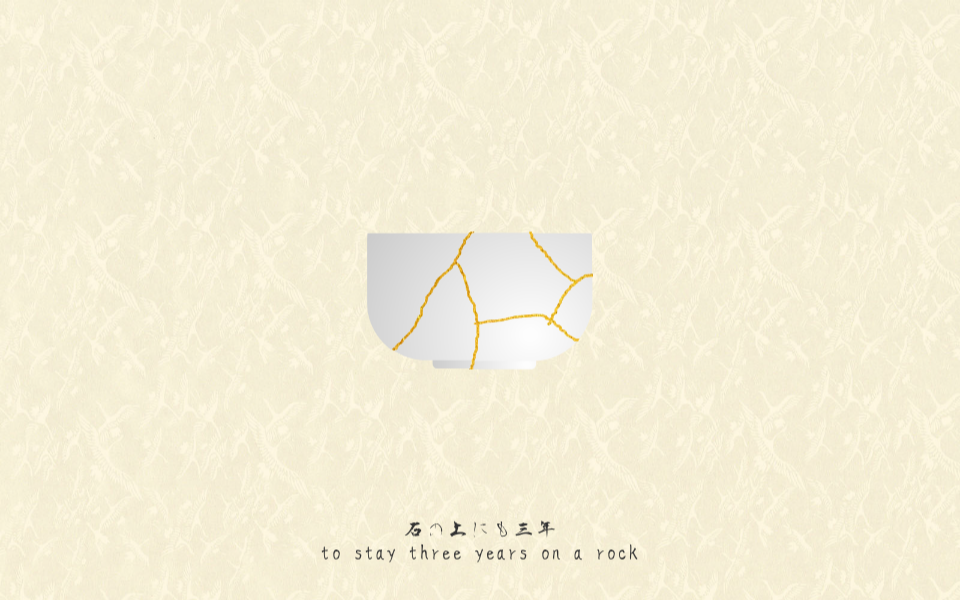
Mobility

Mobility is a pint-size masocore platformer that's sort of riffing on Super Meat Boy and N++ with its tight controls, minimalist look, and frequent emphasis on building and controlling momentum. The goal of each of its stages is to hit every platform at least once, which are collectively framed as you fixing a ship by tinkering with its systems (it's not clear if these platforms represent programs inside a computer or something less abstract). Part of the puzzle of these levels, then, is intuiting a route first and then executing on that course as quickly as possible.
The game's masterstroke is how it presents its difficulty system: there are four tiers, and each of them subtly changes the dynamics of the platforms to make the level easier or tougher: on the easiest setting, you merely have to get close to the platform to activate it, and this includes hitting it with your head; on the second setting, which is the default, you have to stand on a platform or touch it while sliding down its side to activate it; on the third, platforms will vanish after a second or two upon leaving and there's no longer any checkpoints; on the hardest, the platforms electrify instead of vanishing, and present a hazard if you need to get past them to more platforms. These challenge settings will also slightly modify your route: you can't double-back with the last two, and the electricity might mean going out of your way to hit a remote block early so you won't have to do so later on when it's more dangerous about.
Like any good masocore, most of the focus is around time trials and the post-game records reflect this. You'll score better on a ship by lowering your overall time across all its levels, and you'll incur a penalty for finishing it on anything but the harshest setting. There's some longevity to it - there's about twenty-seven levels total, which took a couple hours total to beat - though it's still a bit too short for a full IGotW blog. I really started to resent some of its challenges towards the end also, especially the final boss and a particular level that focused around momentum-building "acceleration fields" that I could never reliably use right. Kind of a pain, honestly, but only in the same way ever other masocore has been. I think it definitely rates if games like the above or Celeste are the type that can keep you hooked, even if it's only through sheer frustrated stubbornness.
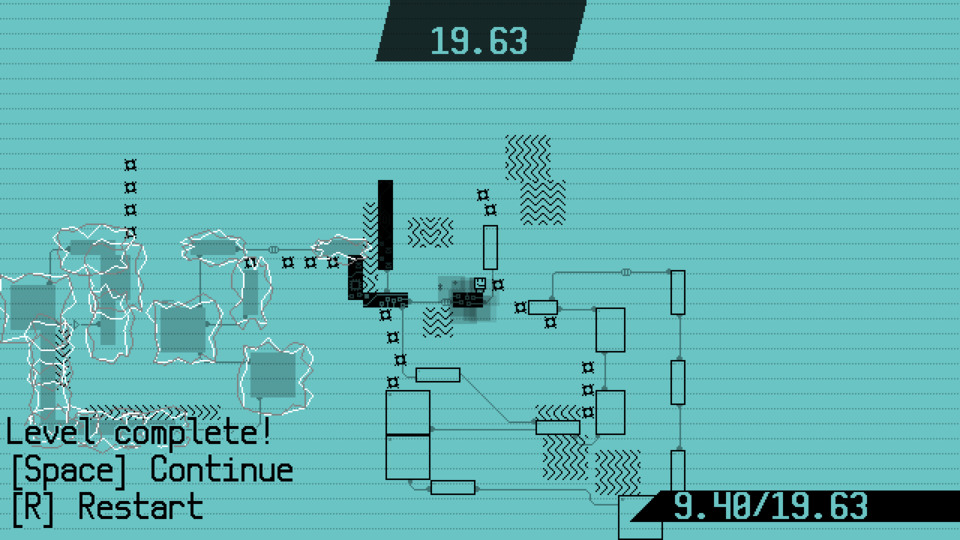
Islands: Non-Places
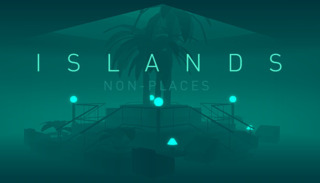
I've encountered a few games like Islands: Non-Places before, but I stopped covering them frequently with the Indie Game of the Week series as these are the types of Indie games, or perhaps interactive experiences, that don't really suit a beat-by-beat review of its mechanics and features because there aren't a whole lot of either. What Islands: Non-Places does - along with the likes of Windosill, GNOG, Hohokum, and most of Amanita Design's catalog - is give you a tableau with a handful of interactive hotspots and lets you watch how the space slowly transforms with each click, sometimes in the aid of the critical path and sometimes for the sake of an immaterial (in terms of progression, at least) surprise. They're also deconstructions of how interactivity can play a part in the player's relationship with an environment, taking all the jumping, climbing, pushing, pulling, sliding, and other verbs a game's control scheme and mechanics might allow for and instead replacing them with a single all-purpose tap of the mouse button which can produce any number of unexpected effects.
Islands: Non-Places in particular feels like it was borne of the concept of being in a relatively quotidian and mostly urban space (a parking lot, a hotel foyer, a convenience store fridge, an ATM, etc.) and letting your mind wander after a busy day, fantasizing that this everyday object or environment is some small part of an incredible, unseen ecosystem or mechanism. By tapping the lit-up parts of each of Islands's initially unexciting and dimly-lit settings, the scene might suddenly become submerged underwater, or a plant pot in the middle of a circle of chairs might rise to reveal a massive subterranean root system, or an entire apartment complex emerges from the ground like the dwellings in Neon Genesis Evangelion. The interactivity of these scenes is always rudimentary and limited - there's usually only a handful of things you ever need to press, and the game has them pulse to indicate when they're ready to go - but watching the myriad ways in which the scene might transform is kinda cool. There's ten (or eleven?) of these scenarios to see (the game takes about an hour total) and there's something about the hazy low-lighting and uniform color palettes that is always striking, evoking a sense of reaching the end of an exhausting work shift and hovering between the realms of the waking and the dreaming. It's not much of a video game as we understand the term and all its associations, but still rad.
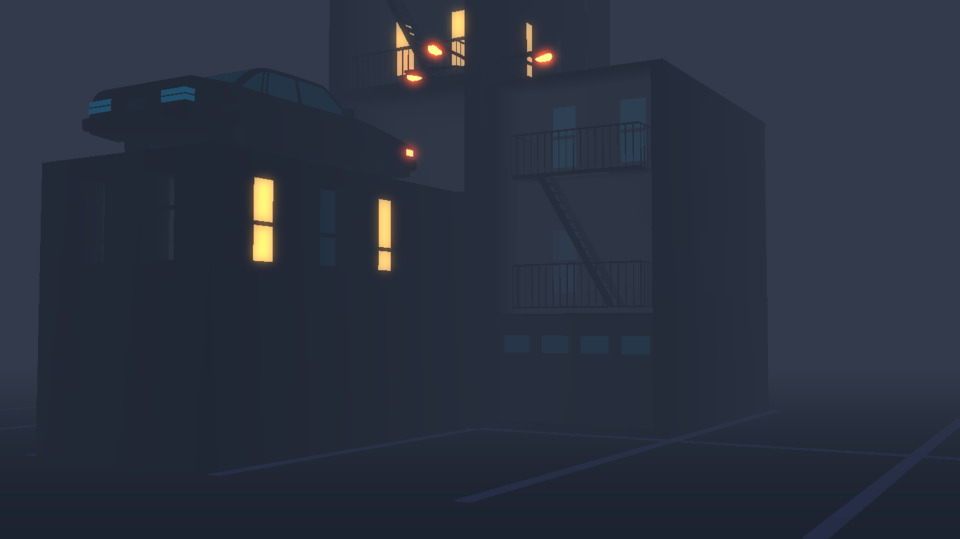
Sidewords

Being a writer, or at least playing one on the internet, I have a deep love for word games like Sidewords which prioritize a player's vocabulary as well as their puzzle-solving prowess. With Sidewords, you have a relatively simple premise: by using the letters on the horizontal and vertical axes, the goal is to fill a grid with words. You can use as many of the letters as you want, though you need to use a mix of the vertical and horizontal letters to complete the parts of the grid where they intersect. The other important rule is that you can't use the same combination of horizontal and vertical letters twice: once you fill in part of the grid with a word, you can't overlap any part of it with the next. That might mean taking apart a larger word that filled in 80% of the grid in one go, because there's nothing you can do with what remains. Vowel scarcity is a common issue.
I guess I said simple and then launched into a bunch of obfuscated nonsense, but it's far more intuitive than I'm making it sound here. It also gets much tougher as the axes grow in length the further you go, requiring longer words or multiple shorter ones: the former is what you strive for for the sake of keeping the screen tidy and using as few "moves" as possible, but the latter makes itself present more often as you struggle to fill in those remaining blanks.
I also didn't anticipate how long this game would take. I'd completed the first set of thirty-six, just about managing the last few, only to find that there were seven more groups of puzzles of the same size. While the ruleset is relatively simple, I can't imagine the game will get any easier from here on out. Unfortunately, at the higher levels it's less about wordplay and more about finding all those semi-obscure Scrabble words to use to fill in tiny gaps, and you frequently have to finish a puzzle with an assortment of random three- and four-letter words (it won't allow two-letter, alas) that you've maybe never used or never seen before, but was happy to accept when the in-game word-checker gave you the go-ahead. I wish there were more occasions where you could slay the board with a single huge word, but those are preciously few and far between (though their scarcity means you don't often consider if there's one available).
Kids

Well, here's something odd. Another one of those "interactive installations" (that I ironically didn't need to install first) where the gameplay boils down to clicking on things, and sometimes certain things in a certain order, before it moves onto the next scene and a new set of hidden objectives. Kids is a little too abstract to describe with a plot summary, as all you do is corral a group of little white blobby dudes into holes, through passageways, deeper underwater, settle arguments between them, and choreograph the occasional Mexican wave. The whole affair is depicted in stark black and white with a hand-drawn animation style and takes about thirty minutes to see in its entirety.
Clearly, it's one of those games with A Message. Not the usual kind of A Message seen in video games either, where the action has to stop every five minutes to tell you that racism is bad (doy) or that we need to treat each other better and not jump to pessimistic conclusions (doy) or the military-industrial complex might not be something we want to help flourish (doy, doy). No, this is A Message that feels a little more subtle in its delivery and a little more open to interpretation. Are these "Kids" because they're getting mindlessly fed through these systems and hardships, symbolically represented as abyssal pits and esophageal tunnels, that we adult generations are purposefully building for them to suffer through (a la Pink Floyd's The Wall)? Are they "Kids" for their desire for the comfort of conformity in these large interchangeable groups, even when that conformity is regularly deleterious to their burgeoning individualism and creativity, and even their well-being? Are they "Kids" because they embody that curious mix of innocence and cruelty that comes from operating mostly on instinct instead of precedent, until they're taught otherwise by the role models in their lives (represented here as the person behind the mouse clicks)? Or are they "Kids" because they keep being dumbasses and jumping into holes, like a dumbass kid might?
Anyway, I thought this game was interesting but I sure am glad I'm not playing it for the sake of a review because I definitely feel like I have the wrong set of skills to properly expatiate what it's going for. Tap dudes, make them fall down holes, have fun.
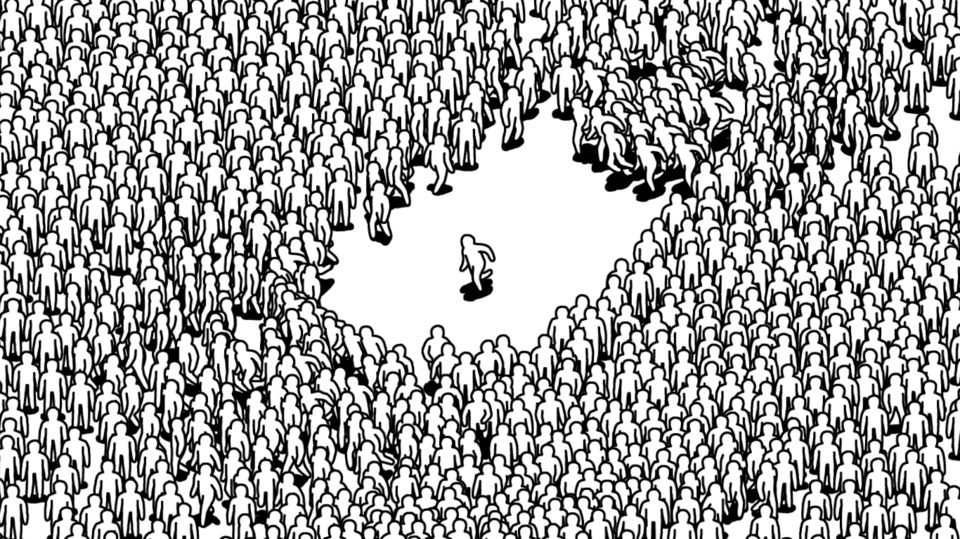
The End!
That's it for what may end up being the first of many blogs of a similar size and scope. It's going to take a long time for any of us to process the full extent of this incredible bundle, and I know many folks out there have been tossing out recs and kudos for hundreds of games in this collection. Just to add to that outpouring of affection somewhat, I want to quickly list the games in the bundle that I've covered in past Indie Game of the Week blogs if you wanted some more convincing:
- Oxenfree (IGotW #8): A leisurely-paced supernatural mystery adventure game where you set the emotional tempo, picking dialogue options to tune the protagonist and her attitude to your role-playing preference. Loved the atmosphere.
- 2064: Read Only Memories (IGotW #13): A point-and-click detective adventure game designed in a Japanese style, specifically that favored by Kojima's Snatcher and Policenauts. Featuring the voice of Dan Ryckert and many others.
- Octodad: Dadliest Catch (IGotW #53): Can't say I loved grappling with this game's infamously strange controls, but with the right audience and the right frame of mind I don't doubt it can be hilarious.
- Hidden Folks (IGotW #73): Absolutely charming Where's Waldo type of enormous hidden object game. It's worth scouring each of its enormous tableaux to see all the little animations happening. It's like an always surprising ant farm, almost.
- Puzzle Puppers (IGotW #81): A cute and unassuming tile puzzle game about hungry, stretchy doggos. Gets increasingly elaborate, but never too difficult (for better or worse).
- Celeste (IGotW #98): While I don't think I'll ever like masocore platformers, Celeste made the most concerted effort out of any of them to win me over with its beating heart and hearty beats.
- Minit (IGotW #99): Get as much done in your many minute-long lifetimes as possible in this cute monochromatic adventure game. If nothing else, this game helped me focus on one task at a time, something I often trip up on in big open-world games and RPGs.
- GNOG (IGotW #150): Namechecked this above. You spin these little dioramas around, clicking buttons and pushing sliders until everything opens up. Sweet and satisfying.
- A Short Hike (IGotW #162): The perfect summer vacation game - warm, relaxing, good sunny vibes, no particular goals in mind, and it's over before you know it or wish it.
- The Hex (IGotW #163): From the twisted mind behind Pony Island comes another game focused on the meta surrounding game development. Very hard to predict where it's going at any moment.
- Anodyne (May Madness 2013): A curious Zelda-like puzzle game with a personal story to tell and some gnarly visuals to take in, raising it above the usual imitators. The sequel's even better (and weirder somehow).
- Pikuniku (Go! Go! GOTY! 2019): A puzzle-platformer physics-y game made in the same kind of brightly expressive cartoonish style as the LocoRoco games. I thought it had some pretty funny dialogue.
Thanks for reading, and have fun finding some buried treasure yourselves.
